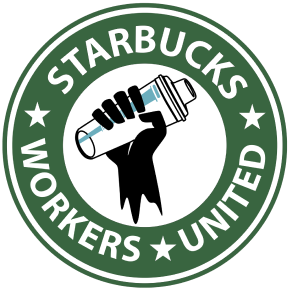What advice should we offer when a group of workers tells us that they have a safety or health concern at work? Making a complaint to OSHA is one option, but it may not always be the best one for your particular situation. It depends on a lot of factors, such as whether a regulation about your problem exists.
What OSHA Can Do
Of course, knowing about OSHA is important, but we should not assume that they’ll solve the problem for us. Despite their reputation, they are a small agency with limited powers to control safety and health at work. There are hundreds of thousands of workplaces in the U.S. but fewer than 1,000 inspectors.
They do have the power to fine (“cite”) employers for violations of their regulations, but often these fines are modest and some employers choose not to fix the underlying problem. Sometimes there’s no regulation about the problem you’re experiencing, like heat stress or a repetitive motion injury to the back, shoulder, elbow, or wrist.
What Workers Can Do
What workers can do is get a small group of co-workers together to discuss options and consider making a direct demand, either verbally or with a petition, for immediate changes to the work process or for better protective equipment. Workers can bring small thermometers into work to stimulate discussion among co-workers to demonstrate that something can be done to address heat stress, like directly demanding rest breaks.
Sometimes when OSHA does have a regulation that applies, such as protection from toxic cleaning chemicals in food processing, it is useful to use those regulations directly to insist on changes. This can prove more effective than relying on an outside inspector who may not understand the details, especially if the exposures happen late at night when the inspector is unlikely to be present.
Even well-meaning OSHA inspectors can miss a problem — you, the workers, know the workplace better than anyone else — and without a very detailed complaint, they may not find a violation, especially if it’s an occasional problem or the company has turned off or hidden an offending machine.
Other Resources
There are many allies who can help with the legal and technical details, if for example you have trouble understanding the safety data sheets for the chemicals you use. EWOC can put you in touch with Council for Occupational Safety and Health (COSH) groups or local public health schools with helpful factsheets, and it’s okay to just call OSHA for information on your issue.
Workers’ compensation is a totally different animal to assist workers who have already been hurt at work. It’s supposed to be a fault-free system for medical care and lost wages, but its benefits may differ from state to state. In general, you have the right to choose your own medical care provider, but detailed help can be found from an EWOC organizer or a local workers’ center.
The bottom line: with this strategy of organizing for direct demands, you can make the workplace safer while building collective strength with your co-workers — perhaps setting the stage for a union drive.




